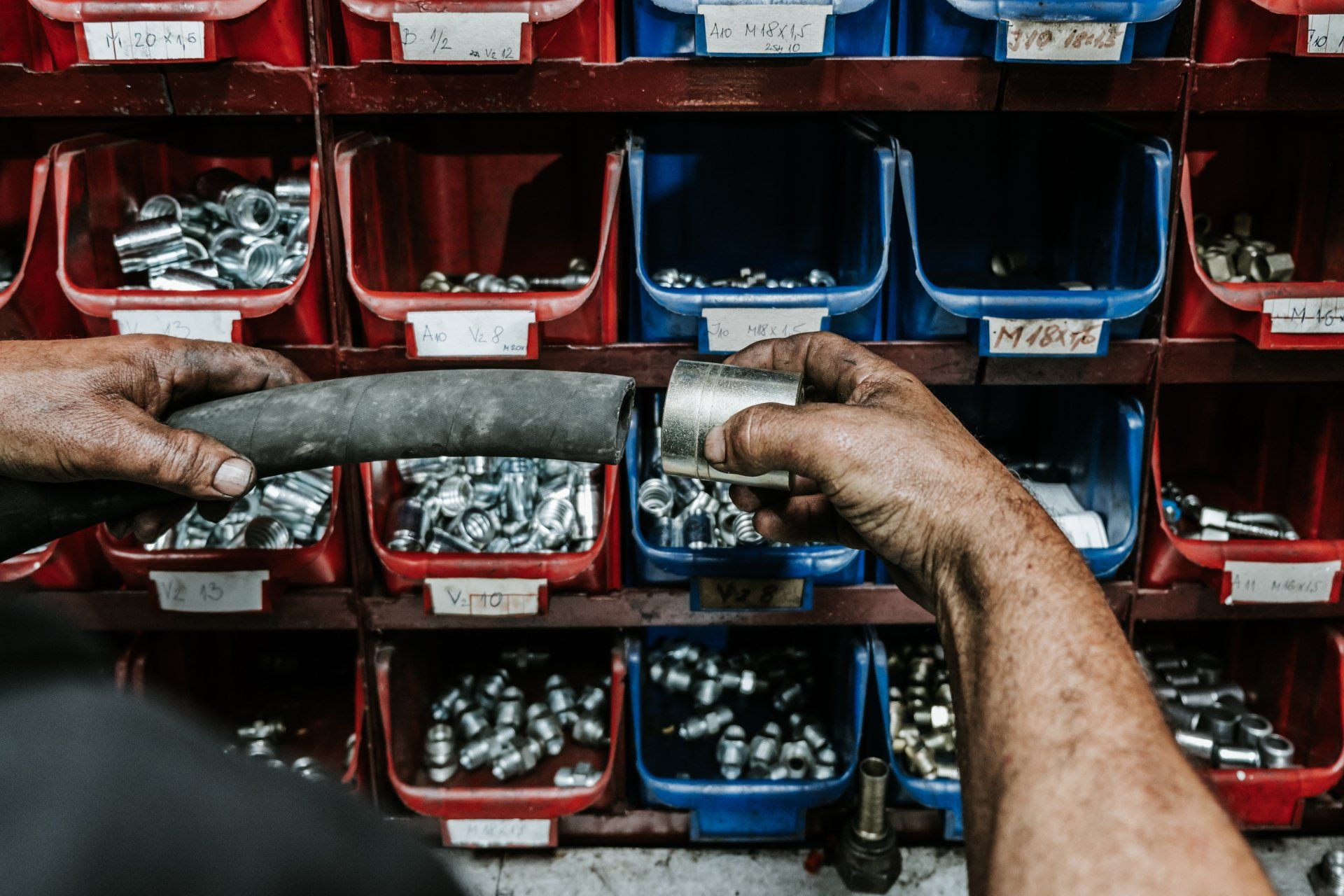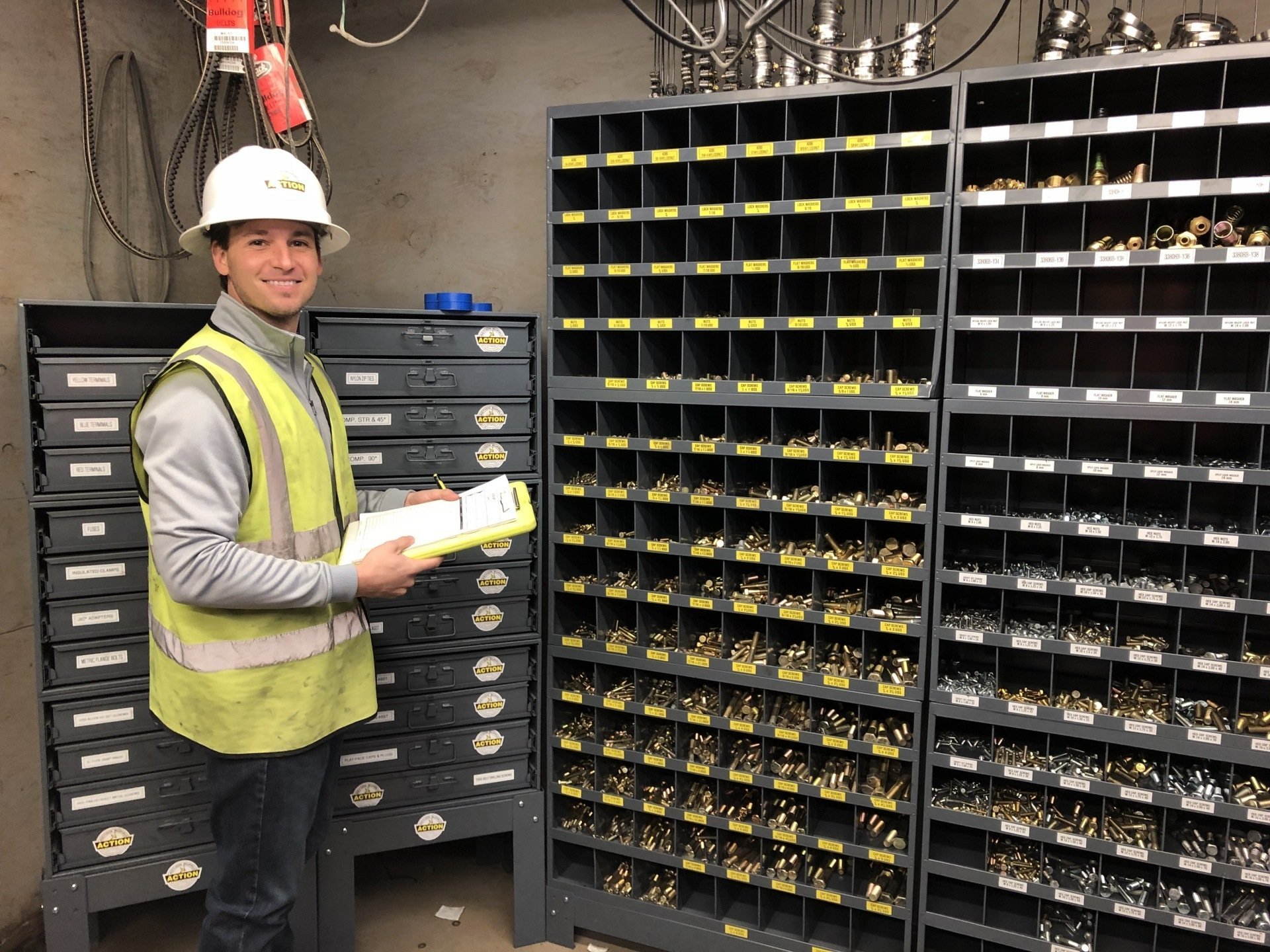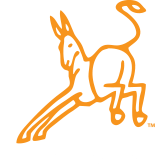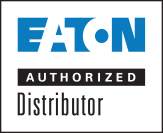Additional PPE Considerations for Summer Weather
The heat is rising, and keeping employees safe and cool in the workplace is becoming more challenging. Here are some additional summer-related PPE measures to consider alongside the standard measures.
Regulating Heat Stress
High temperatures can make
Personal Protective Equipment (PPE) like full-body suits or heavy gloves particularly uncomfortable. Here are a few ways to help your workers
- Allow more regular breaks and promote hydration.
- Consider heat-reducing PPE that doesn't compromise protection, like OSHA-regulated hard hats with heat vents, vests with cooling packs, or moisture-wicking garments.
- Have a training session to refresh employees on identifying the signs of heat-related illnesses and the appropriate first-aid measures.
- Provide adequate cooling measures appropriate for the workplace, like shade, cooling stations, cooling clothes, air conditioning, and increased ventilation.
- If feasible, try to schedule outdoor work during cooler parts of the day, like the mornings and evenings. Make sure schedules comply with the area's construction noise ordinances.
Sun Defense
UV exposure can result in serious sunburns, eye damage, and an increased risk of skin cancer. During the summer, consider PPE that offers sun protection for outdoor workers. This might include UV-protective clothing, hard hats with wide brims, and UV-filtering safety eyewear. Encourage the use of sunscreen on any exposed skin.
Staying Hydrated
Water intake is crucial in high heat, particularly when wearing PPE, which can amplify body heat. Ensure access to cool drinking water and remind workers to hydrate frequently.
OSHA recommends one cup (8oz) of fluid every 20 minutes.
Employees lose salt as they sweat. Employers should provide electrolyte-replacing beverages like sports drinks for outdoor jobs that last longer than two hours to avoid muscle cramps and other injuries.
Ensuring Visibility
Summer often implies longer daylight hours, but it also means intense sunlight, sun glare, or abrupt storms that reduce visibility. High-visibility clothing may be necessary to ensure workers can be seen easily in these conditions.
Insect Protection
Summer can bring more biting insects like ticks and mosquitos that can carry West Nile, Lyme Disease, and other commutable illnesses. Workers in some regions might need PPE that protects against insect bites, like mesh netting, zappers, or clothing infused with repellent.
Maintenance and Storage
Summer weather can impact the effectiveness of PPE. Rain and humidity can damage some materials, while high temperatures can cause others to deteriorate. Appropriate maintenance and storage of PPE are crucial. Also, monitor the ambient temperature of storage spaces and work areas to track how the summer climate affects them. You may need to invest in de-humidifiers and cooling measures to maintain optimal storage conditions.
Training
It might be tempting for employees to remove gear when it gets uncomfortable. However, this can lead to injuries and OSHA violations. It's important to provide training on how to correctly use PPE under summer conditions. This includes how to wear it, remove it, and adjust it to fit correctly.
The needed PPE considerations for the summer will depend on the job, the environment, and the individual worker. Always consult safety regulations and professionals when determining necessary PPE.
Action Supply is Your Source for Summer PPE
We are driven to meet and exceed industry standards with superior PPE equipment you can trust to perform the way you need it to every time. Contact our experts today for Summer PPE considerations that are specific to your industry and job site.





